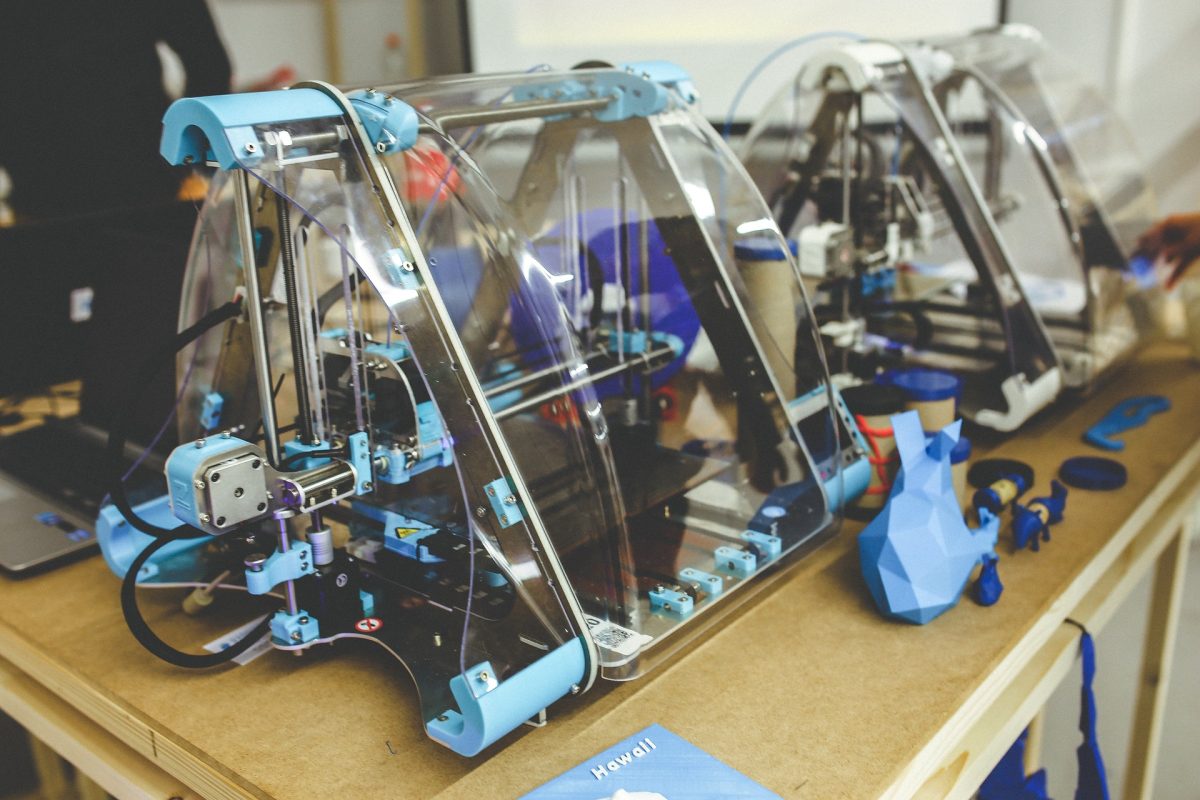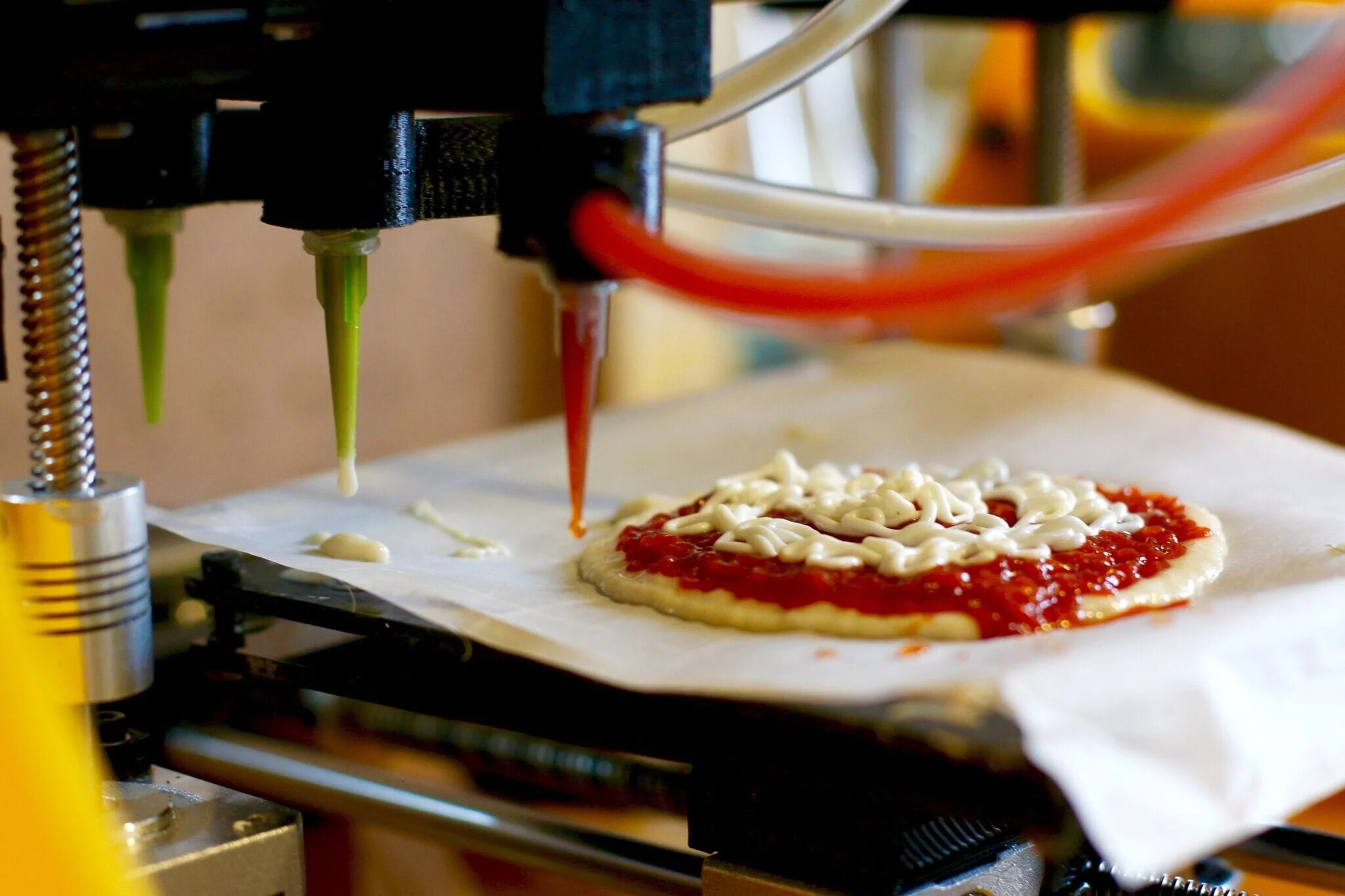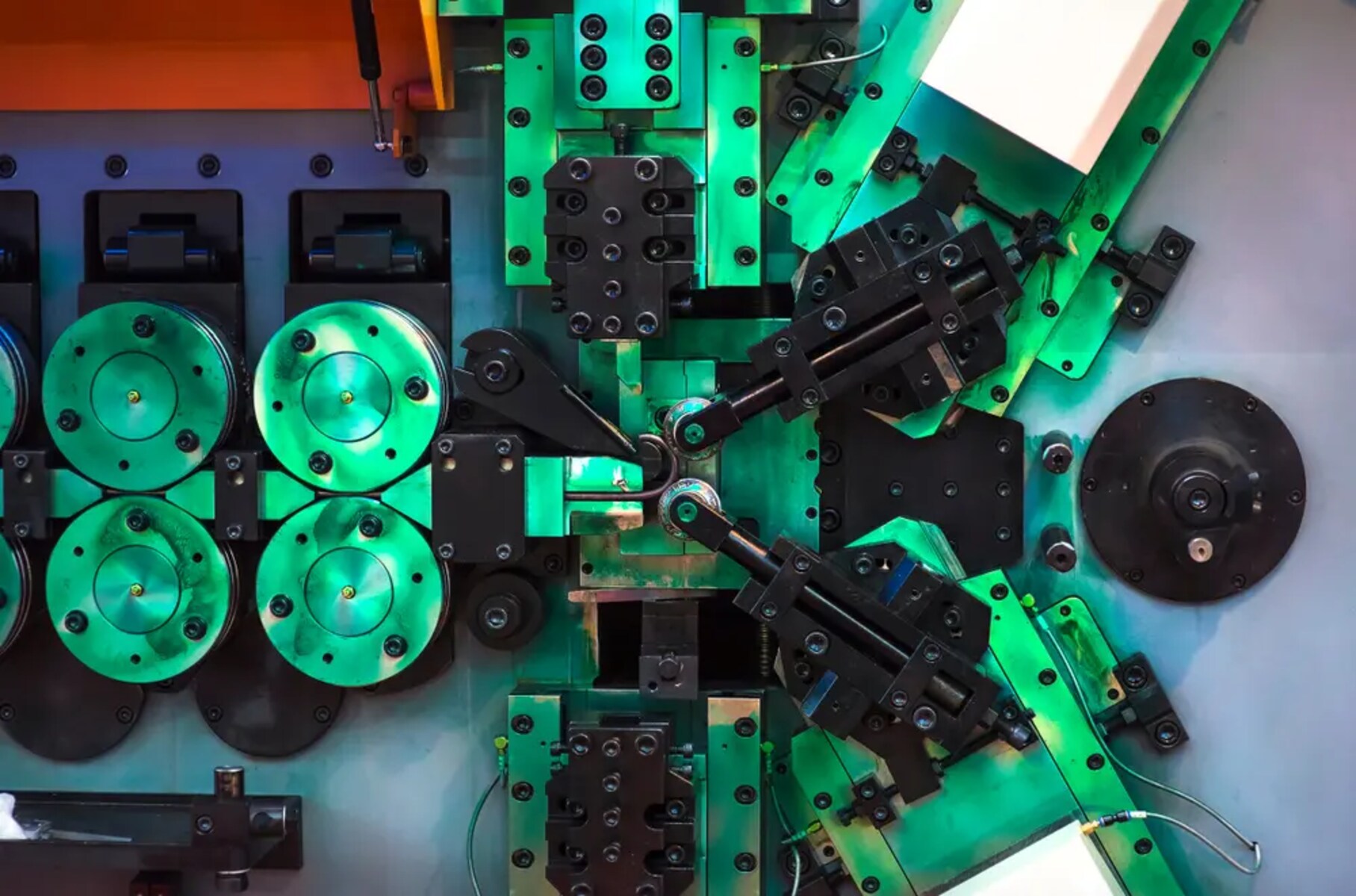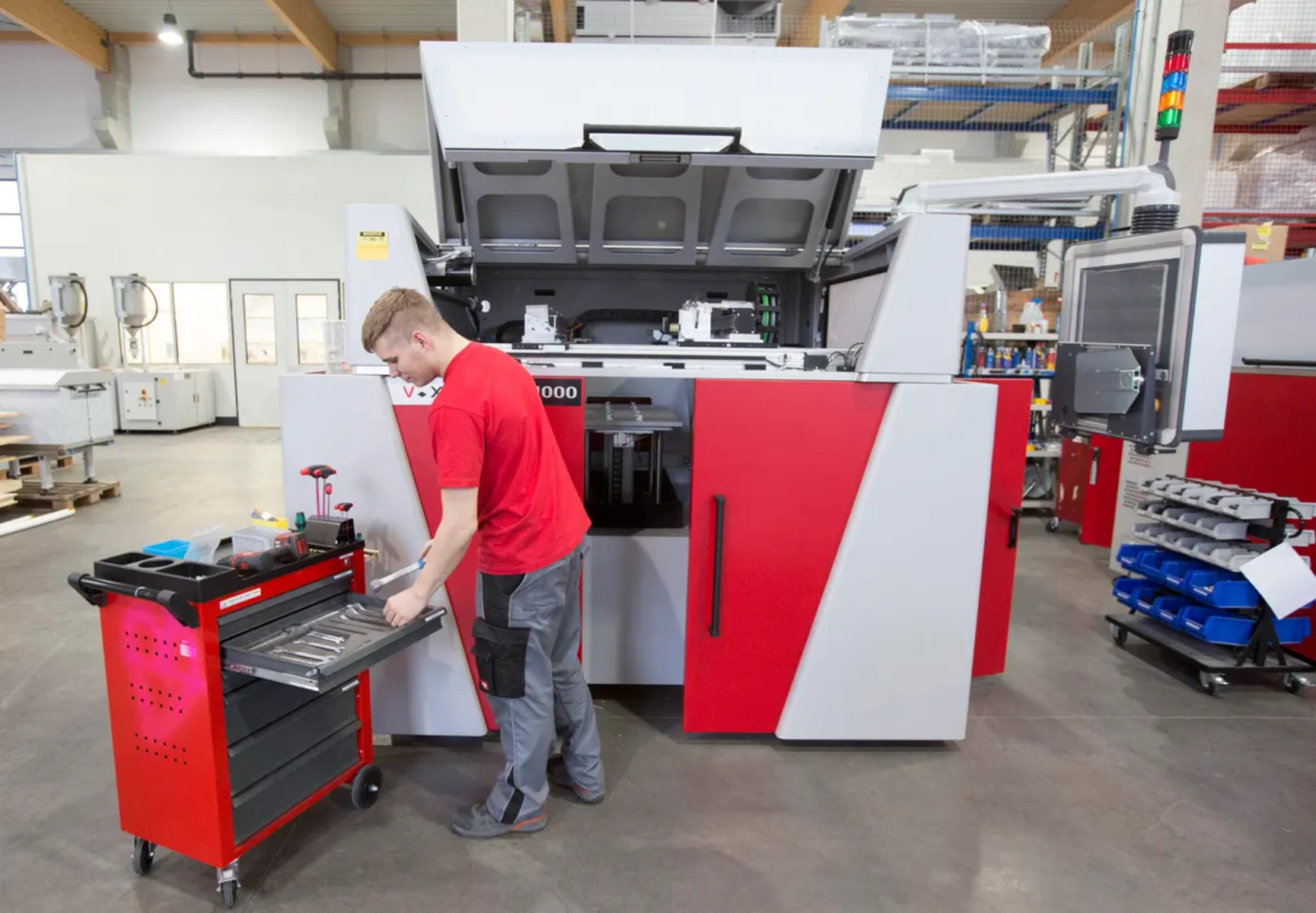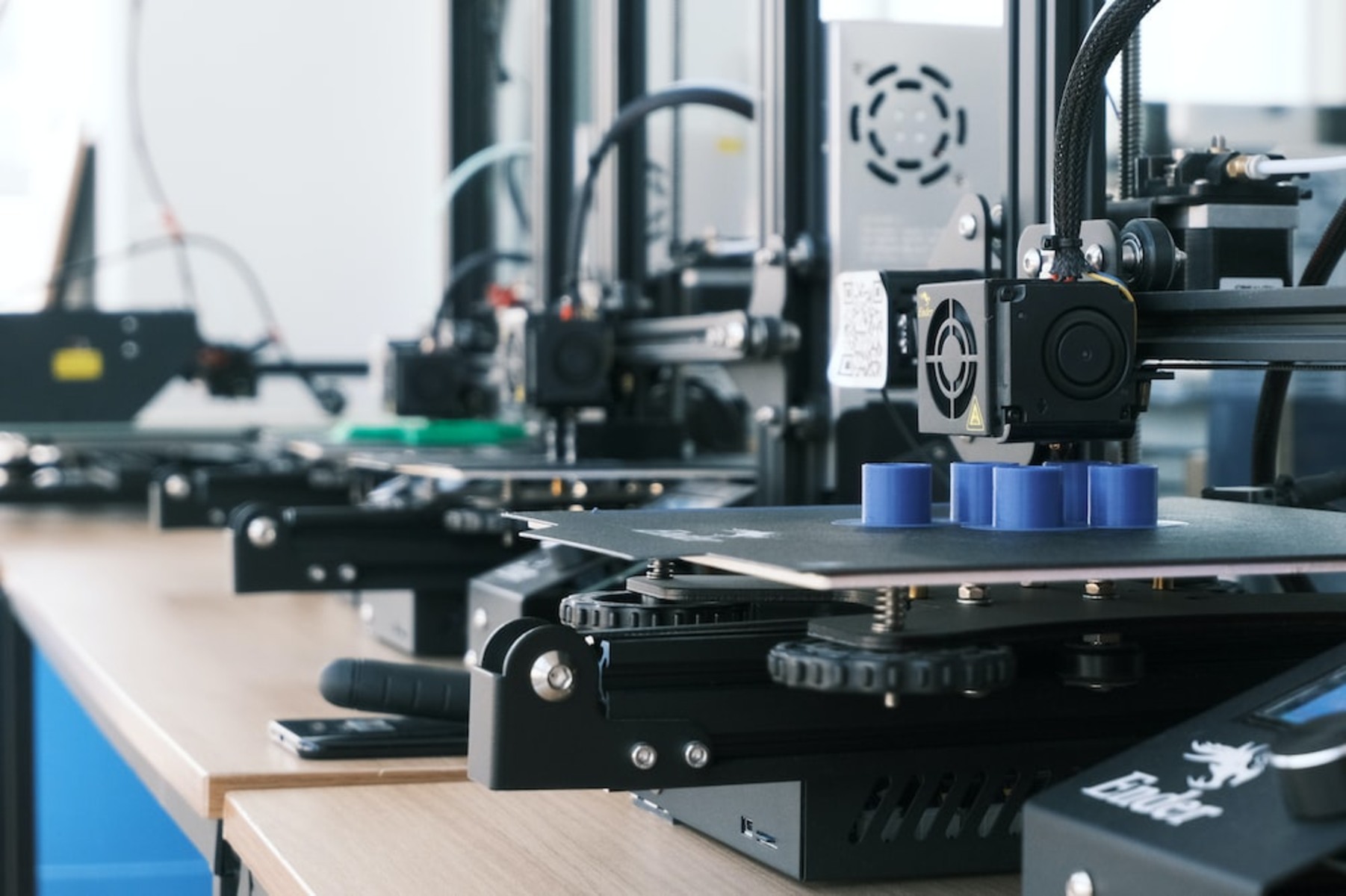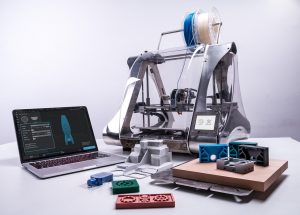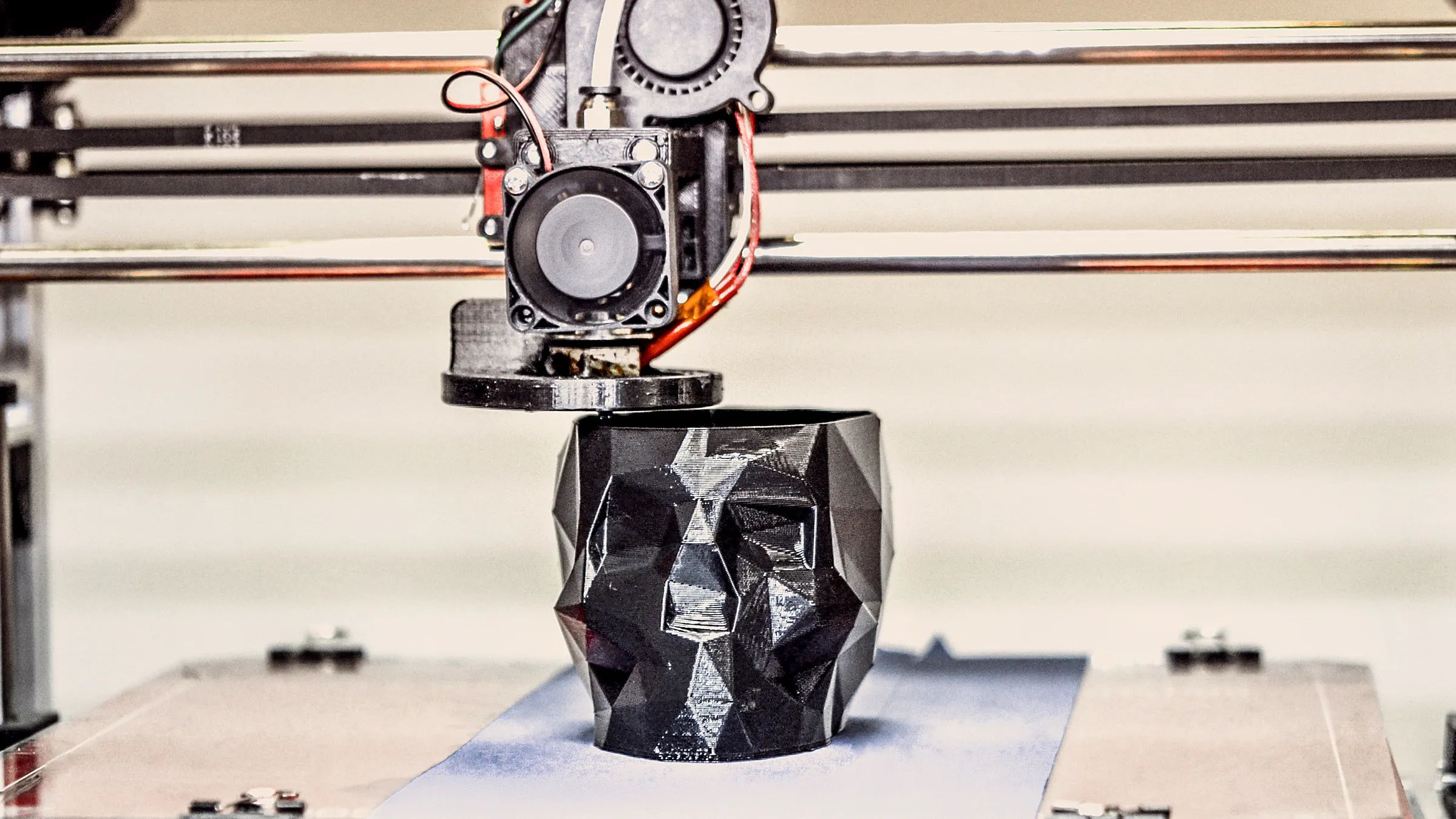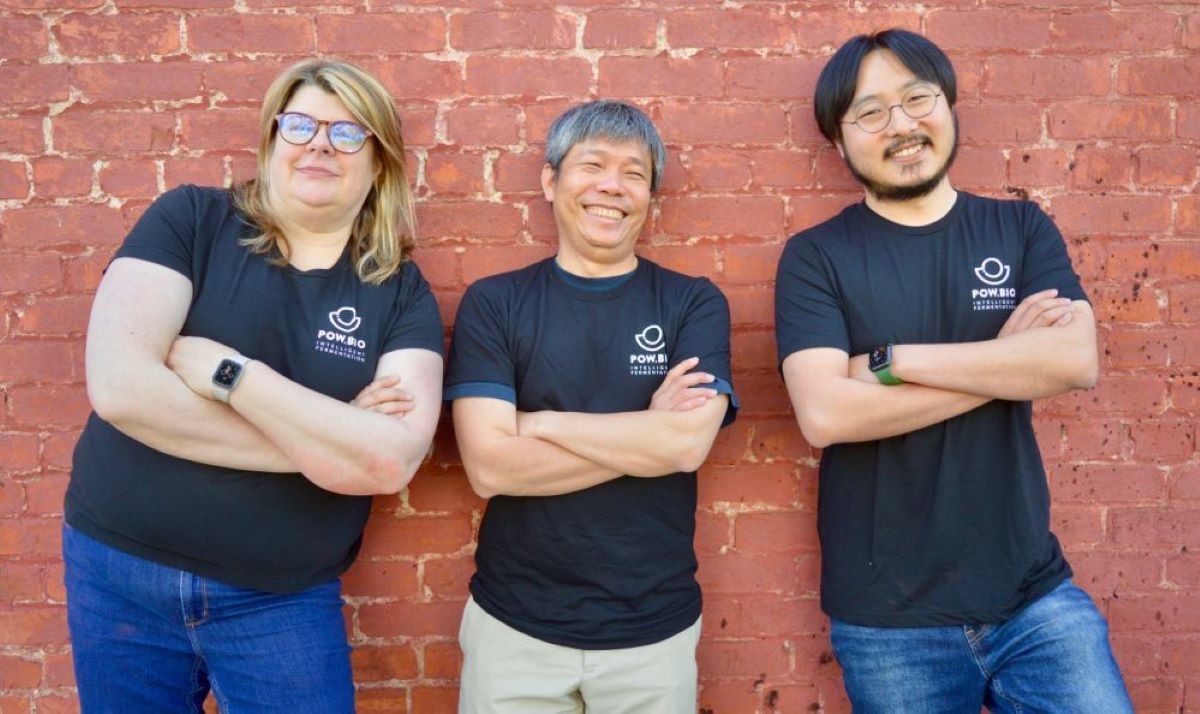If you look at articles on 3D printing from roughly 10 years ago, you’ll see headlines such as “3D printing poised to radically transform the world as we know it.” And indeed, this has come true.
But the best days of 3D printing technology are, beyond question, still ahead of us. Scientists and researchers are working on applications for the technology that will far surpass even the most innovative ideas now being put into practice.
3D Printing Taken To The Next Level
We will soon be 3D printing everything from new human organs to space habitats. These are all tailored for specific purposes and made with brand-new composite materials currently being developed. ‘Additive manufacturing (AM) is mixing and matching materials so fast, that it’s hard to keep pace with the news.
With all the amazing headlines connected to 3D printing, sometimes overlooked is an application that doesn’t immediately strike people. That application is with 3-D printed food.
Yet, 3D printing tech is revolutionizing the food industry. This is best demonstrated by the arrival of 3-D printed plant-based meat or what some call ‘vegan meat.’
Due to the 3D printing process, layers with different textures and flavors can now be distributed throughout a vegan meat product. –With stunning results. The tech has gotten so good that a plant-based kebab, for example, is now so close to the original that some can’t tell the difference.
3D Printing In The Food Industry
Of course, meat substitutes are not the only area in which 3D printing is changing food. Companies spend billions of dollars trying to produce foods that are affordable but also meet nutritional requirements, but with so many specific needs it can be close to impossible to find a one-size-fits-all mass-produced solution.
However, with 3D printed food, if you were an athlete – for example – who needed certain amino acids, specific proteins, vitamins, etc., meals could be tailor-made and 3D printed for your particular body style and needs. Those with certain medical conditions will also benefit from the specific personalized foods being created with 3D printing tech.
For A Better Future On Our Planet
The reason we are gushing over 3D-printed meat is how beneficial it is in the fight against climate change.
It’s no secret that the meat industry as we know it today is problematic. Few people like factory farming and is on the most hated list of every animal rights group. However, we haven’t been able to find a way to mass produce meat at a cheap enough rate without using these very troubling mass animal farms.
Even if there was space on Earth for the billions of animals we eat for food to wander about free range. Even if there was enough fresh water to slake the thirst of a planet heading towards a population of 9 billion humans as well as animals. Meat production would still be a huge contributor to greenhouse gases.
Healthier And Tastier
Setting aside environmental issues, it’s also become abundantly clear over the past decade that people are beginning to understand that we eat far too much meat. To the point that it is more of a health detriment than a protein provider.
Dozens of studies have shown how meat consumption can negatively affect our health. Some meats are labeled as probable carcinogens.
And setting aside both of those huge issues, there’s also animal welfare and a strong trend toward animal-free living. Younger consumers don’t appear to have any of the reservations some of their elders may have had toward veganism. Luxury brands are offering almost anything you can think of in a vegan-friendly form. Vegan car interiors, vegan luxury handbags, vegan cosmetics, vegan sports shoes that use parts ‘pineapple leather,’ the list goes on.
In the past, a few meat substitutes have occasionally stood out as pretty good. However, very few were predicting that they would or could eventually replace animal protein entirely. This is no longer the case.
Conclusion
None of this would be possible without 3D printing technology. A steak is delicious for many reasons. Among them are different textures and flavors spread around the piece of meat. One area is slightly fattier, while another spot is tougher and another more tender, etc.
With a 3D vegan steak, replicating those things is easy. Plus, with the aid of AI algorithms, the startups printing this ‘alternative meat’ can make improvements at lighting speed on either taste and texture or nutritional aspects.
In other words, 10 years down the road that 90% figure could be 99.9% for meatiness. It’ll not that hard to accept these as alternatives especially if they taste like the real thing.







